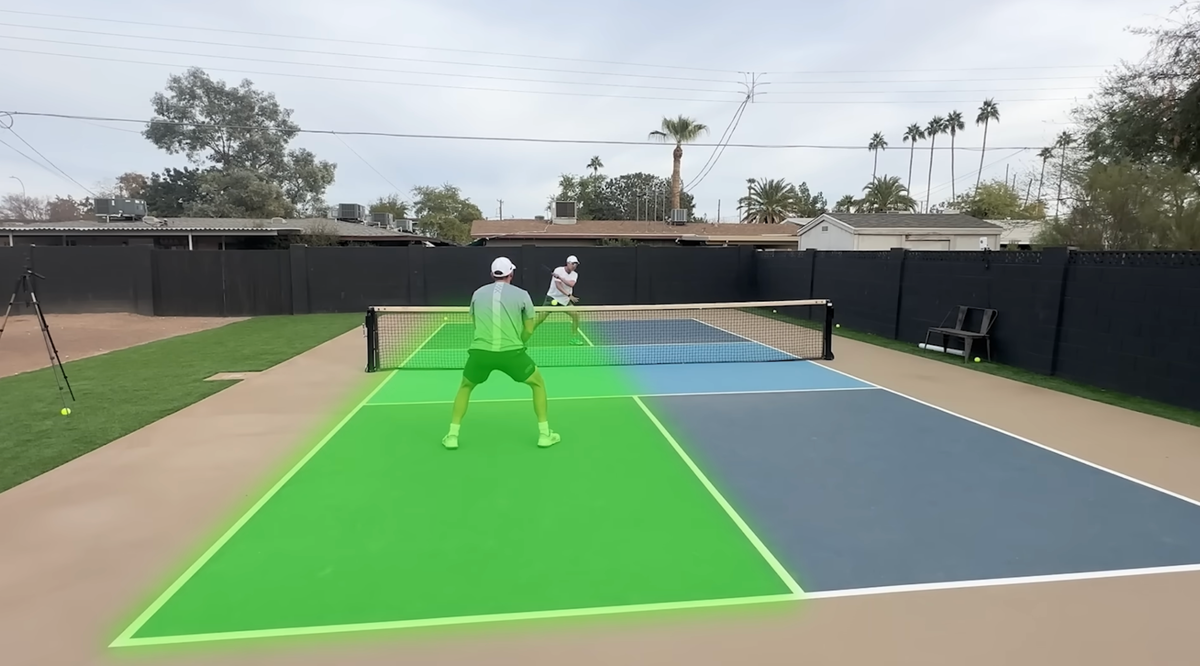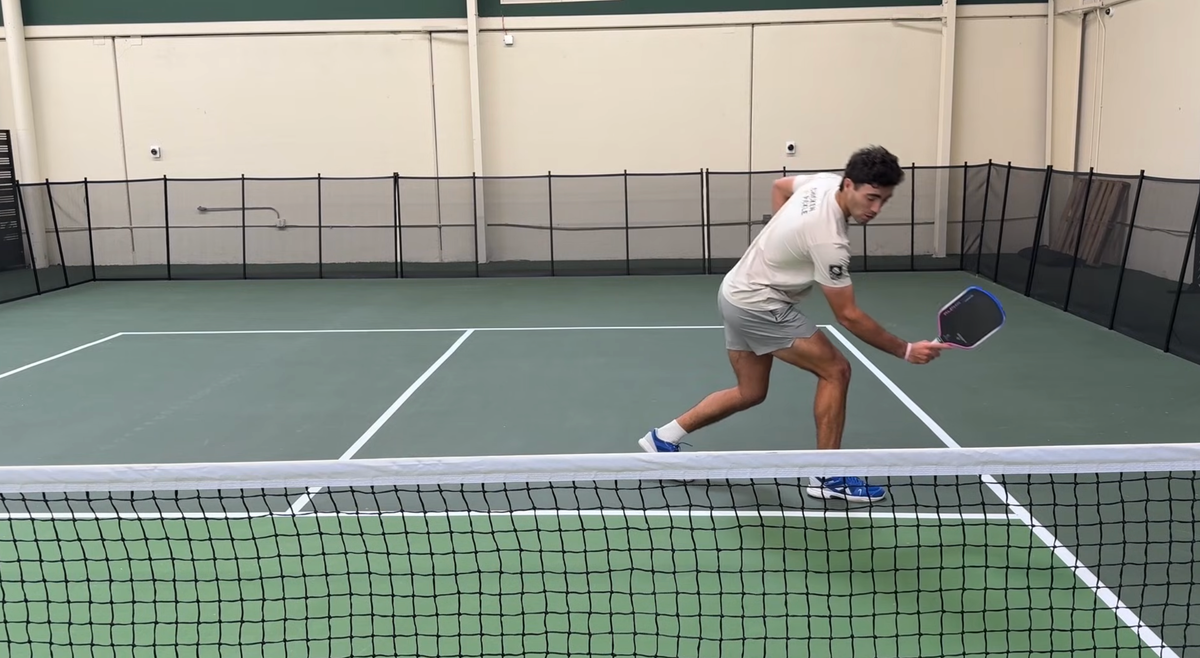How many of you change the way you play when you're on the right side as opposed to the left?
One of the biggest trends in pickleball in 2024 is a change in the role of the right-side player.
For years, we have seen a pattern where the right-side player is the assist person to the left-side player. The John Stockton to the left-sided Malone (Karl not Post). A passive Robin to allow Batman to spread his wings.
Previously their role was to:
- Be consistent
- Set up the left-side player by out-dinking the crosscourt opponent
- Block or counter when attacked
In recent months, there has been a shift toward a more aggressive right-side player. One of the prime examples is Gabe Tardio, who just won gold at the Selkirk Kansas City Open.
On the latest episode of the PicklePod with Anna Bright (click here to subscribe), we discussed how the new right-side player has changed.
The key takeaways
• The right-side player is able to attack off the bounce.
• Their position allows them to attack straight ahead at their opponent and have the looming forehand of the left-side player loaded to clean up the next ball.
A great way to do this is to aim at the backhand of the player in front of you. Based on the triangle rule, the ball should come back to the middle of the court and hopefully lead to a winner for your team.
Listen to Anna explain what makes Tardio so dangerous on the right or get Travis Rettenmaier’s take on the right-side role from his recent appearance on the PicklePod.
Anuncie Aqui / Advertise Here
Sua marca para o mundo Pickleball! / Your brand for the Pickleball world!

 English
English  Spanish
Spanish  Portuguese
Portuguese  German
German  Italian
Italian  Japanese
Japanese  French
French  Polish
Polish  Russian
Russian  Netherlands
Netherlands  Hungarian
Hungarian  Turkish
Turkish  Videos
Videos 








 English (US) ·
English (US) ·  Portuguese (BR) ·
Portuguese (BR) ·